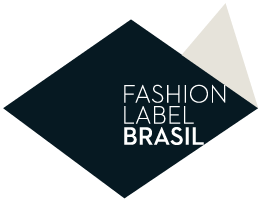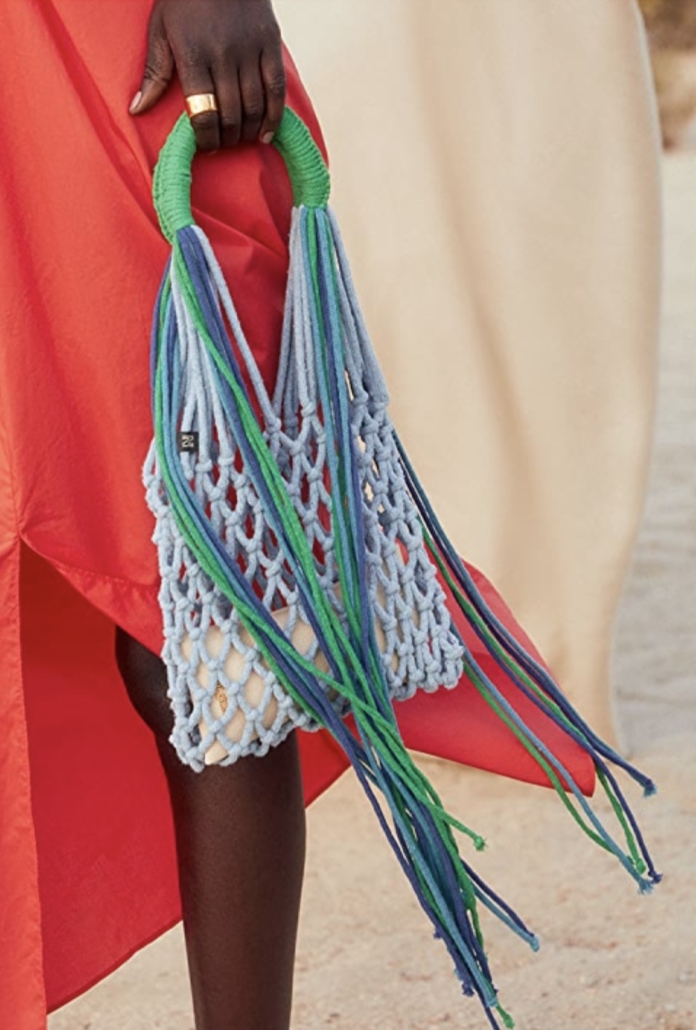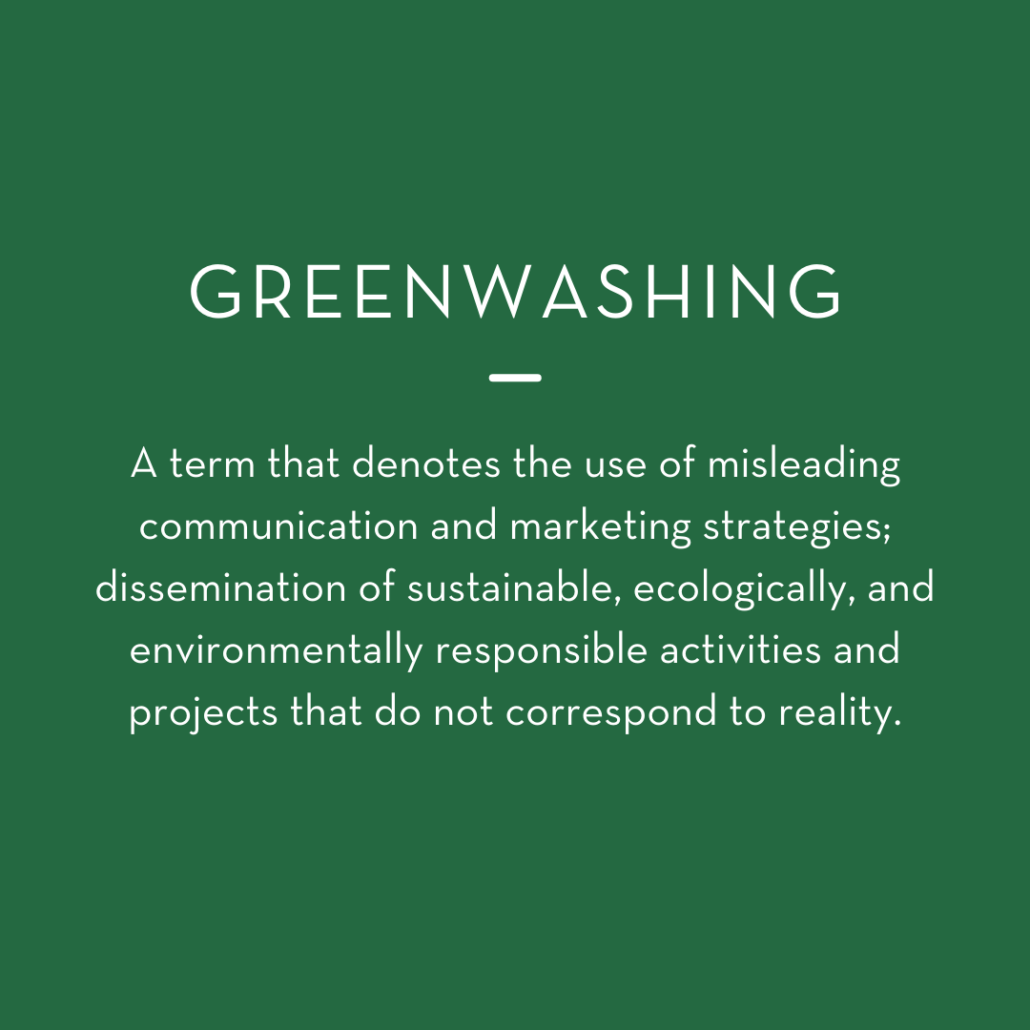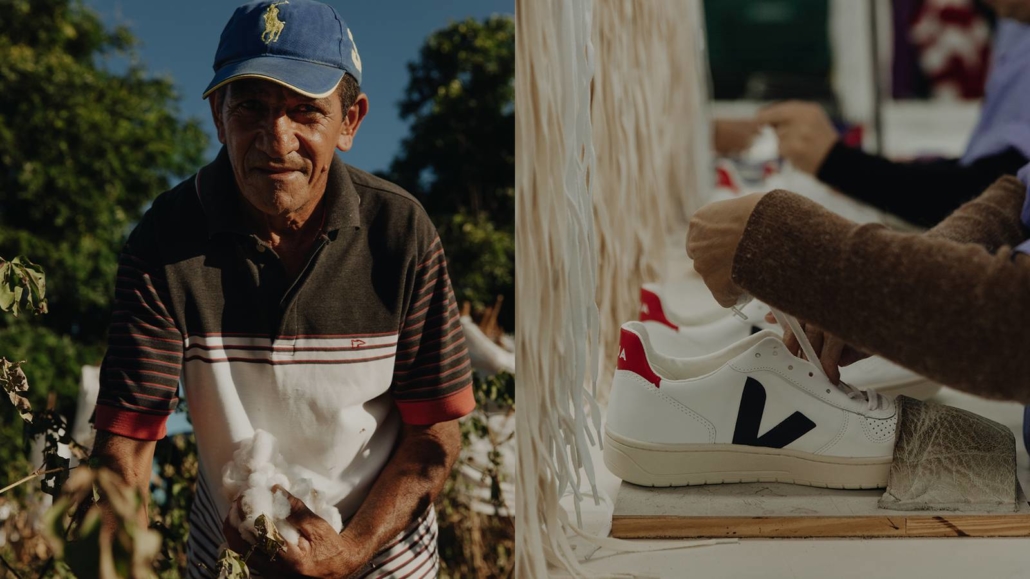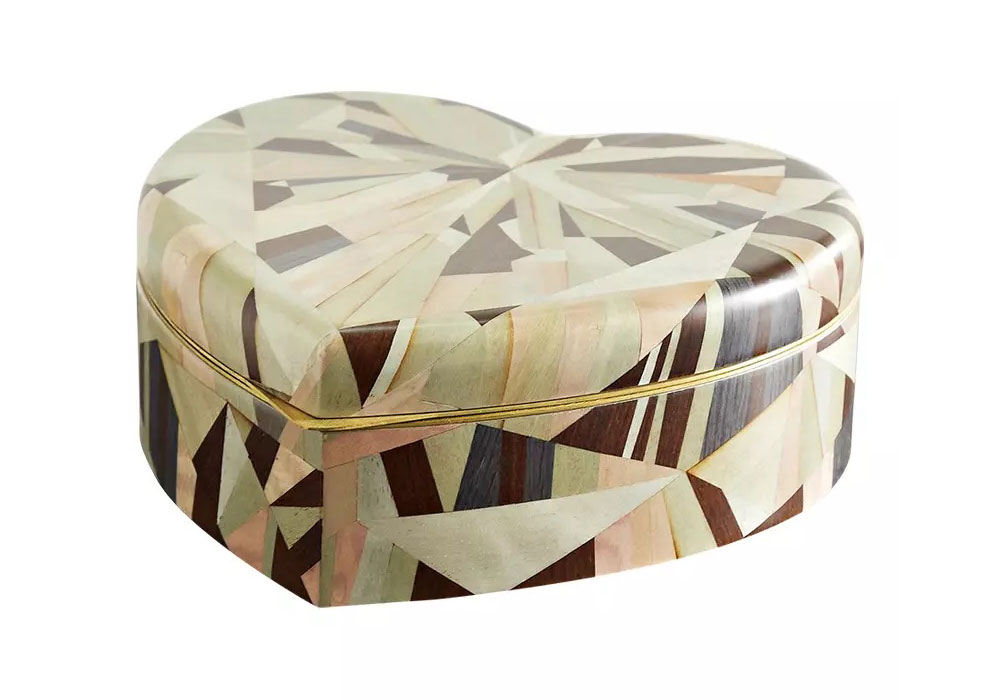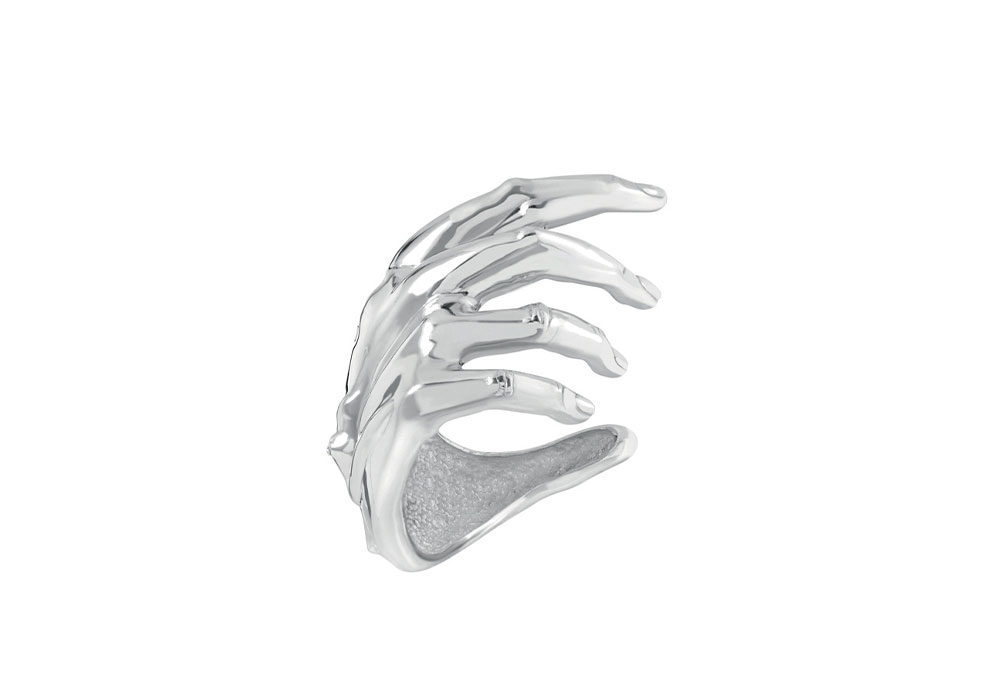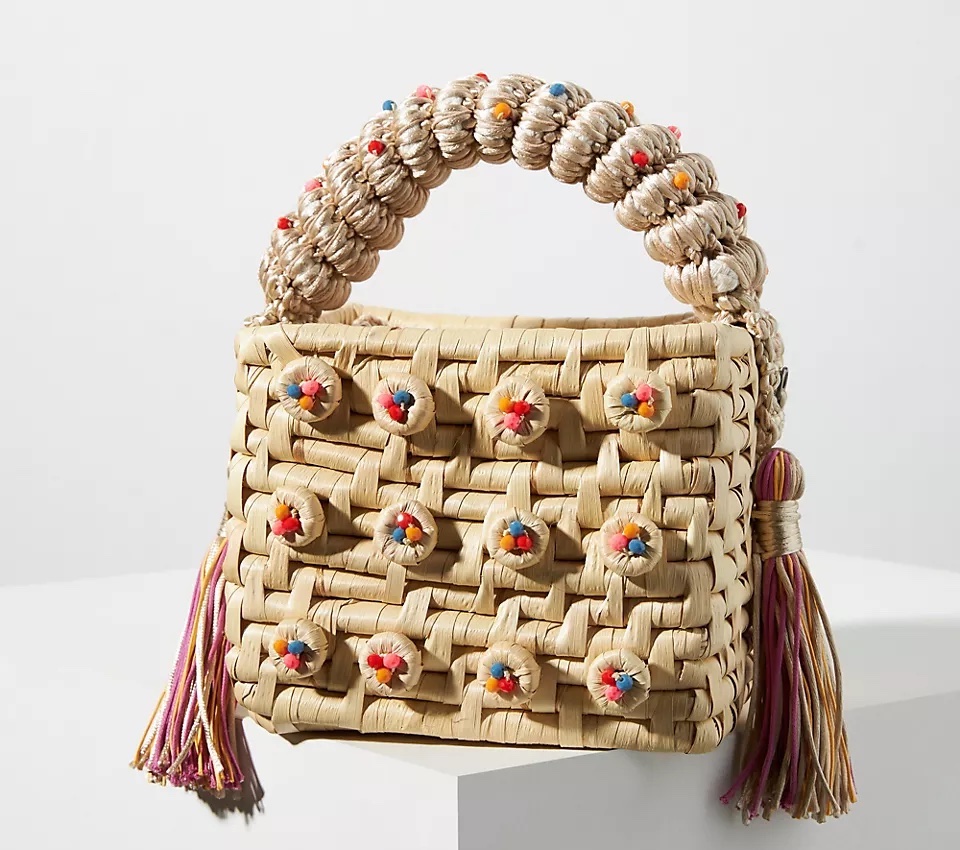“Luxury brands are evolving, more than 75% of the top 50 global luxury players are now using eco-friendly materials, while 75% are looking to reduce packaging, use more renewable energy and reduce carbon emissions”, WGSN.
In recent years the environmental, social, and governance (ESG) aspects of business have received increasing attention and companies have been pressured by legal, regulatory, consumer, and employee measures to use their values and culture to drive an ESG agenda.
IMAGEM 1
Read more about Greenwashing and ESG…
“While it is tempting to view these three ideas separately and seek clear definitions, in reality these concepts often work together, with social issues at the center of the agenda. For example, is health and safety a governance concern because a company is required to meet certain obligations? Is it an environmental issue because an unsafe environment is likely to translate directly into a poor health and safety record? Or is it actually a social issue, since companies have an overall role that is to ensure employees, customers, and society at large are not harmed by their operations?” Drapers.
Companies promote their success, but in doing so, they must consider the interests, views, and concerns of all the parties involved – employees, suppliers, customers, shareholders, and the wider community at large.
The fashion world seems to feature prominently in one área of ESG: diversity and inclusion.
“For example, the FT Diversity Leaders survey that evaluated the views of over 100,000 employees regarding their employers´efforts to promote various aspects of diversity, including gender, openness to all forms of sexual orientation, race and ethnicity, disability and age, found that the top two employers of 850 that were surveyed were Hermès and Giorgio Armani. The consumer-oriented companies outperformed professional services and the financial sector´s companies. Also, out of the top 100 employers, seven were fashion brands,” Drapers.
The industry has also excelled in encouraging certain groups to thrive. However, the success of women and the LGBT Community in fashion can disguise a challenging journey for ethnic groups, older workers, those with disabilities, and people from socially disadvantaged backgrounds.
Yes, the fashion world is measuring, controlling, and proposing change but the challenges of employee activism, stakeholder’s voices, complex supply chains, and consumer opinion demand continued vigilance and a constant deepening of self-reflection. Creative thinking about how the industry can continue to move forward will be an essential driving force toward positive social change.
Coletivix and Nordetesse, Brazil develops projects based on SDGs and conscious consumption
Coletivix promotes the philosophy of awareness and social, environmental, and economic responsibility in the curation of brands, through the study of the 17 SDGs and the framework of conscious production and consumption. The flagship of the platform are the brands Laura Cangussu, PIU.BRAND, SÄL, and Tropicalina. Read more…
IMAGEM 2
Nordestesse is a “creative hub that registers, expands, and encourages the production, discussions, and talent of brands and services of entrepreneurs from the northeast region of the country.”
The collaborative platform Nordestesse promotes northeastern traditions and identity by curating products and experiences from the nine states that comprise the region. Brands such as Depredro, Catarina Mina, AM Brazil, and SAU are a part of this curatorship. Read more about the Nordestesse platform…
“Our production network is made up of seamstresses, embroiderers, lacemakers, and crocheters from the hinterlands and coast of the Rio Grande do Norte state, who apply ancestral knowledge and skills from their communities in handmade fashion items, generating social impact in the region and humanizing the processes of the production chain,” Marcus Figueiredo, creative director and CEO of the brand.
GALERIA
The slow fashion brand Depedro represents regionalism and praises the techniques of local communities: crochet, embroidery and traditional laces from the hinterlands.
“We believe in fashion that looks at peoples and their needs, considering that they have an impact on society. We prioritize the humanization of processes in our guidelines and we hope that these Practices reverberate in the world, transforming realities,” Marcus Figueiredo.
The major international movements of the fashion industry
“Changing fashion is not difficult. It is as simple as changing the way that we shop. Keeping clothes that already exist by passing from person to person. Keeping the stories, the culture, the value, the designs, in motion for as long as possible.” – Depop, fashion for a better future.
Depop, a popular website for selling second-hand and original clothing from emerging designers, promotes a global channel of connection in culture, design, and creative communities around the world.
The platform, a wholly owned subsidiary of Etsy – the global marketplace for unique and creative products – presents three main actions of its intensive two-year plan for a new fashion system:
● Make Depop climate neutral by the end of 2021.“Because we are in a climate emergency and we want to do our part.”
● Systematic preference for circular or responsibly made fashion for all brand collaborations. “Because we want to make better fashion options the first choice for everyone. And working with brands with similar visions will help us do this faster.”
● Provide educational resources and mentorship opportunities to help entrepreneurs, creatives or small businesses from underrepresented groups grow their businesses sustainably. “Because it’s time to design a new fashion system. And we want it to reflect as many perspectives as possible.”
“Fashion is a global language – no matter where we are, our clothes always tell a story about who we are – and like language, fashion is constantly changing. It’s time to make this language more than it has been. To let go of what isn’t working and create something with more vibrance, more opportunities, more hope, more care–––something that reflects the way we want to value each other and our home.”
#sustentabilidade #greenwashing #ESG #depop #depedro #nordestesse #coletivx
